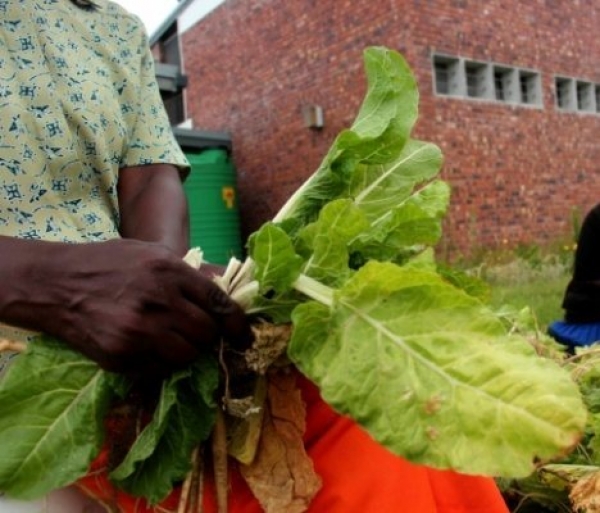South Africa’s 5 million working poor

Every day millions across South Africa do arduous work in jobs that cannot keep them and their dependants out of poverty. These are the “working poor” and according to a new study, there are about five and half million of them.
In a study of the South African labour market prepared as part of broader research on the national minimum wage, University of Cape Town economist Arden Finn attempts to determine the wage level at which, on average and all other things equal, a worker and his or her family could be brought up to the poverty line.
This is not a question easily answered, but R4,125 is the carefully qualified answer this study gives.
Finn’s study makes use of a new poverty line developed by the Southern Africa Labour and Development Research Unit (SALDRU) at UCT (forthcoming). Researchers Joshua Budlender, Murray Leibbrandt and Ingrid Woolard adopt the internationally established Cost of Basic Needs approach in order to quantify, in money terms, the most basic food items and other necessities that a person needs to live. They find that, in April 2015 rands, this amount is R1,319 per person per month.
But workers do not only support themselves, and wage income is not the only source of household income.
Using the Presidency-commissioned National Income Dynamics Survey (NIDS, Wave 3), also hosted at UCT, Finn shows that, on average, earners living in poor households support themselves and close to three others. This includes both people in their household and people living in other households to whom they send money. Some earners support many more than this: 10% of wage earners in poor households support themselves and four other people, 6% support five others, 4% support six others and some poor wage earners support up to ten dependents. By contrast, earners in households which are not poor support only one other person on average.
Finn then calculates (still using NIDS) how far below the poverty line those households and earners are; this is called the “poverty gap”. By combining the average amount earners in those households currently earn with the average poverty gap you get an estimate of what wage-earners need to earn in order for them and their dependents not to be poor: R4,125 per month.
There are a few cautions noted by Finn, for instance that this does not take account of differences in household size, spending and job seeking behaviour or social grants eligibility. It is made clear that the research initiative does not advance this “working-poor” line as any form of recommendation for a national minimum wage. Rather, it is the first attempt to quantify a wage that, if nothing else changed, would lift millions of the working poor out of poverty.
In order to understand who these workers are Finn turns to Statistics South Africa’s 2014 Labour Market Dynamics, limiting his sample to “full time” employees (defined as working 35 hours or more a week).
Unsurprisingly 95% of those employed in domestic services and 90% of those in agriculture earn less than R4,125 per month. This fits with the rest of Finn’s study which shows that these two sectors have, on average, the lowest wages and the highest number of low-wage workers. About half of those employed in manufacturing and transport earn below the working-poor line. The industries with the lowest proportion of low-wage workers are mining and utilities, with 23% and 31%, respectively.
Also unsurprisingly, there is a disproportionate number of black African, Coloured and women workers below this line. The study reveals that 60% of African workers and 56% of Coloured workers earn below R4,125 a month, compared to 37% of Asian/Indian workers and 22% of white workers. Almost 51% of male workers are considered to be working poor, while the proportion of women is about 7% higher than this.
These figures highlight the desperate straits in which many South African workers find themselves. They also raise questions over the nature of work in South Africa – should we be satisfied with a status quo in which 41% of workers, working at least 35 hours a week, cannot lift themselves and their dependents out of poverty?
Isaacs is the coordinator of the National Minimum Wage Research Initiative and an economist at CSID, School of Economics and Business Sciences, University of the Witwatersrand. This study is one part of the National Minimum Wage Research Initiative hosted at that university. Views expressed do not necessarily reflect those of GroundUp.
Support independent journalism
Donate using Payfast

Don't miss out on the latest news
We respect your privacy, and promise we won't spam you.
© 2016 GroundUp. 
This article is licensed under a Creative Commons Attribution-NoDerivatives 4.0 International License.
